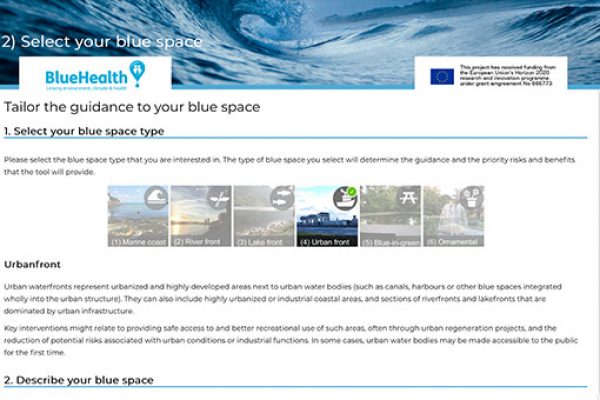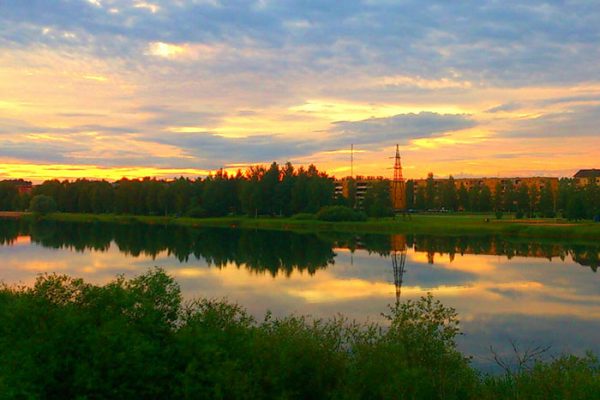Urban acupuncture in Estonia: the story so far
We’ve used health-centred design principles to regenerate urban blue spaces.
Our team of researchers and landscape architects has been investigating two case study areas in Estonia. Together we designed and constructed two small-scale infrastructure projects to enhance the usability of the areas, promote water-related activities and support our research.
Community input has been integral to the development of the projects (known as interventions), helping us to design spaces that preserve the environment while complementing popular local healthy lifestyle activities. We’ve also improved access so that more people can enjoy the health benefits of being in, on or near the water.
Full case studies will be available soon but here is the story so far…
Seaside regeneration of Kopliranna in Tallinn
Before: This blue space already offered excellent views and a spot where people sunbathed on the rocks, enjoyed picnics, dog walks, swimming, ice-skating and fishing. Yet community feedback confirmed safety issues with a lack of facilities, plus reports of littering, alcohol and drug use.
After: The new space is more comfortable and caters for a wide range of visitors, while keeping its romantic character. An attractive wooden structure forms a sundeck where people can sit or sunbath above or next to the rocky shoreline, encouraging people to the water. New bins prevent littering, while benches provide opportunities for people to stop and rest.
Health benefits: More visitors can now relax and enjoy being close to the water safely. This provides psychological and social benefits to visitors. The location now has functional areas that encourage walkers, runners and seasonal swimmers and ice-skaters to rest near the water or enter the sea.

Photo of the space pre and post BlueHealth intervention.
Waterside regeneration of Anne Canal in Tartu
Before: The green peninsula between Anne Canal and the River Emajõgi is a popular public open space for sports and recreation. This area was used mostly for transit and sports, lacking services and recreational facilities.
After: The new space has new long wooden boardwalks that provide easy and safe access to the space and the water, while the long bench and inclined decking is the perfect spot for sunbathing, relaxing, playing, observing people or having picnics. All popular local activities.
Health benefits: This space has been built with social and mental health in mind, encouraging relaxation and social activities close to nature and the water. The space is well equipped to cater to the young and old and promotes physical activities like fishing and ice-skating. The rest areas are especially important for elderly visitors who take daily walks along the canal.

Photo of the Anne Canal before and after the intervention.
Using case studies to write best practice
As with all projects we have overcome challenges along the way. From trying to increase community member participation, speed up lengthy tasks and organise legal matters.
Our experience and evaluating the planning, design, build and use of these new spaces, will help us to transfer knowledge and best practices that can inform blue infrastructure design and public health-related policies across Europe.
The BlueHealth book is in progress
These case studies, alongside others, will be included in the soon to be published Blue Health book and Blue projects profile data-base. The book will provide scientific evidence, design illustrations and best design approaches for practitioners in education, health, landscape planning and design.
Stay up to date with publications by subscribing to our newsletter.




